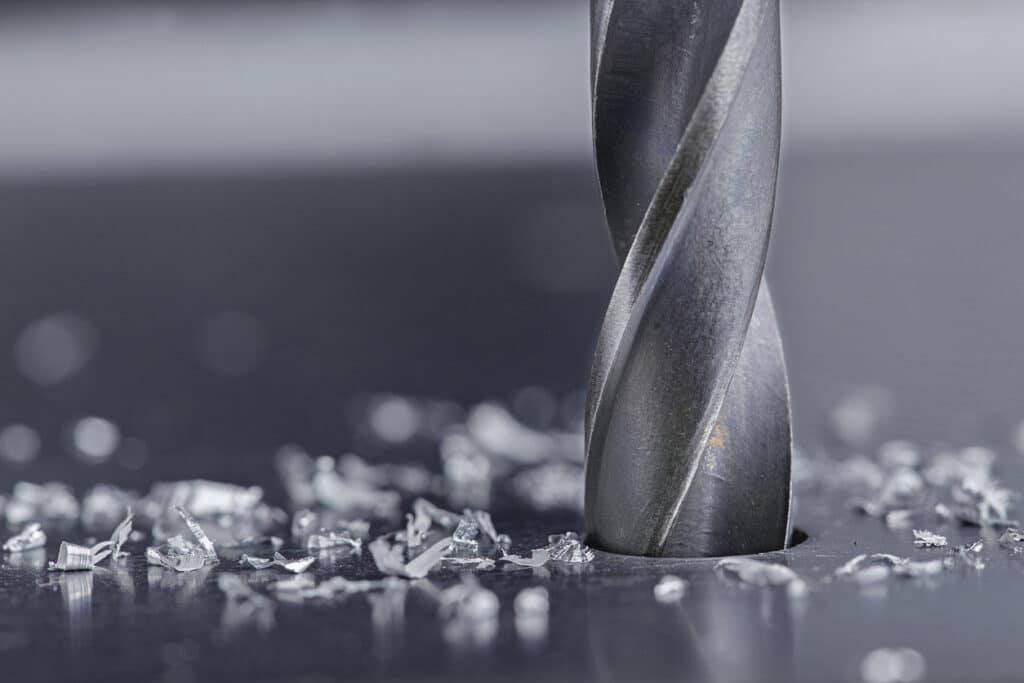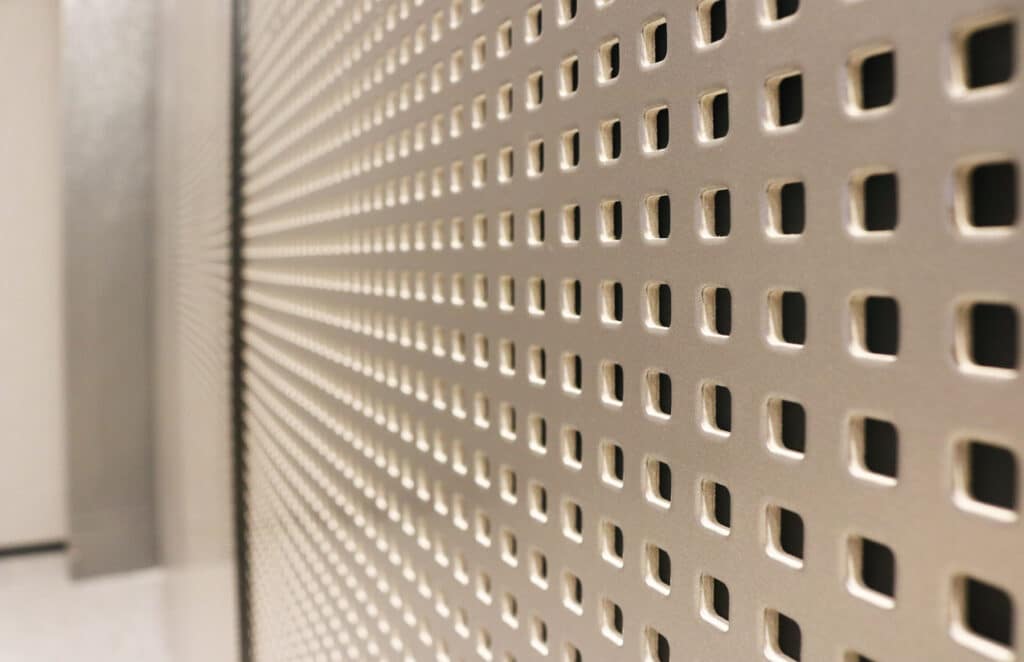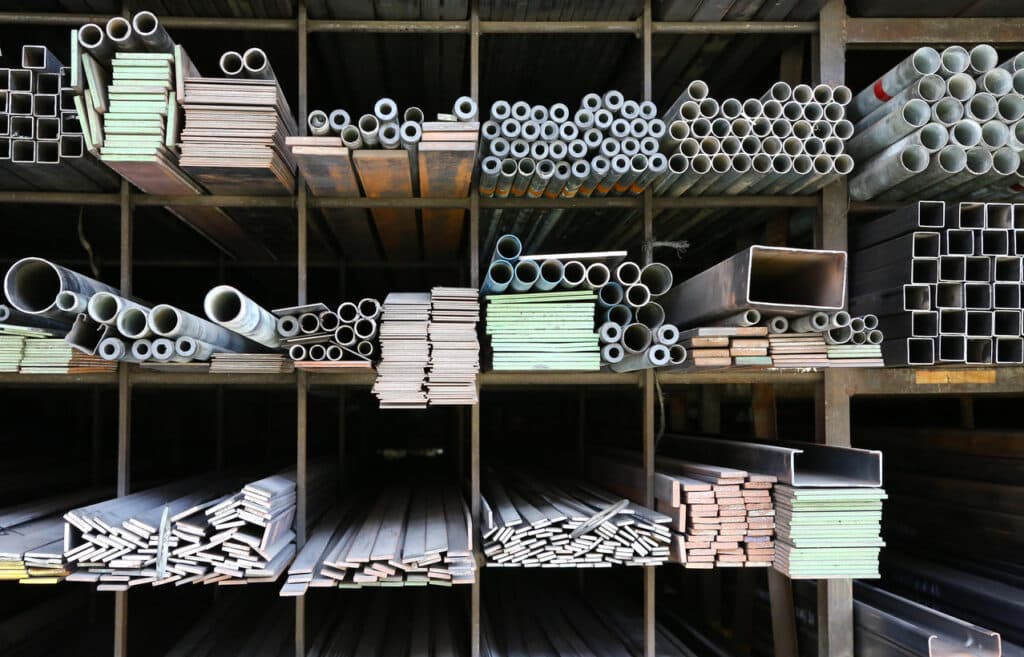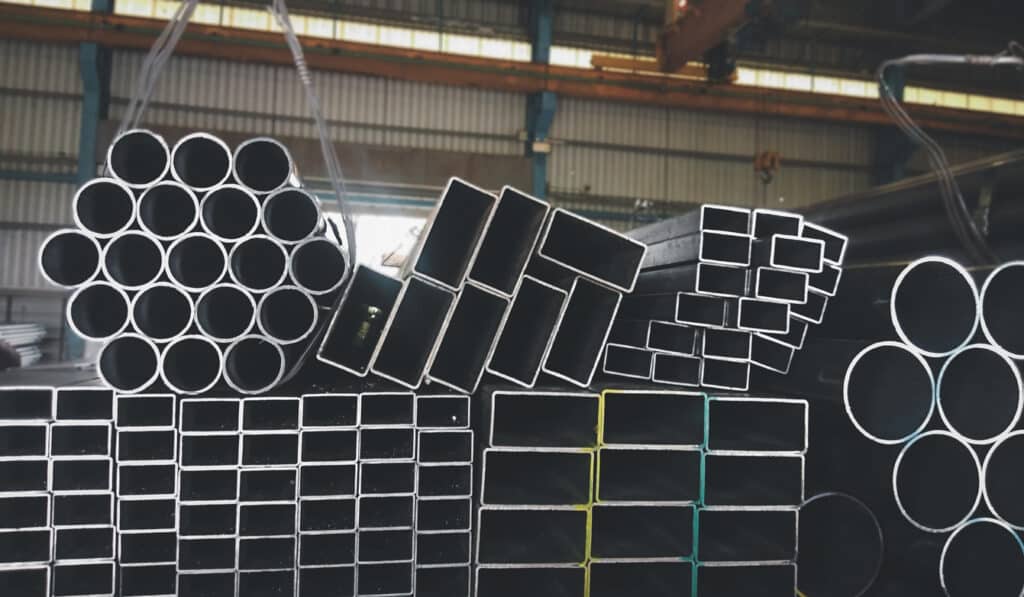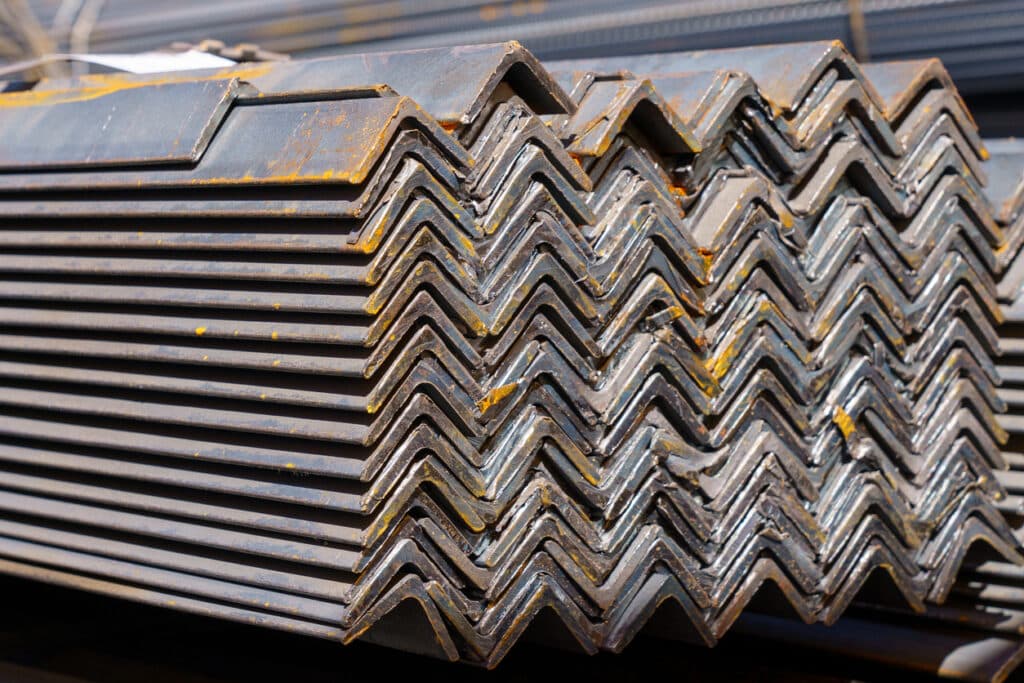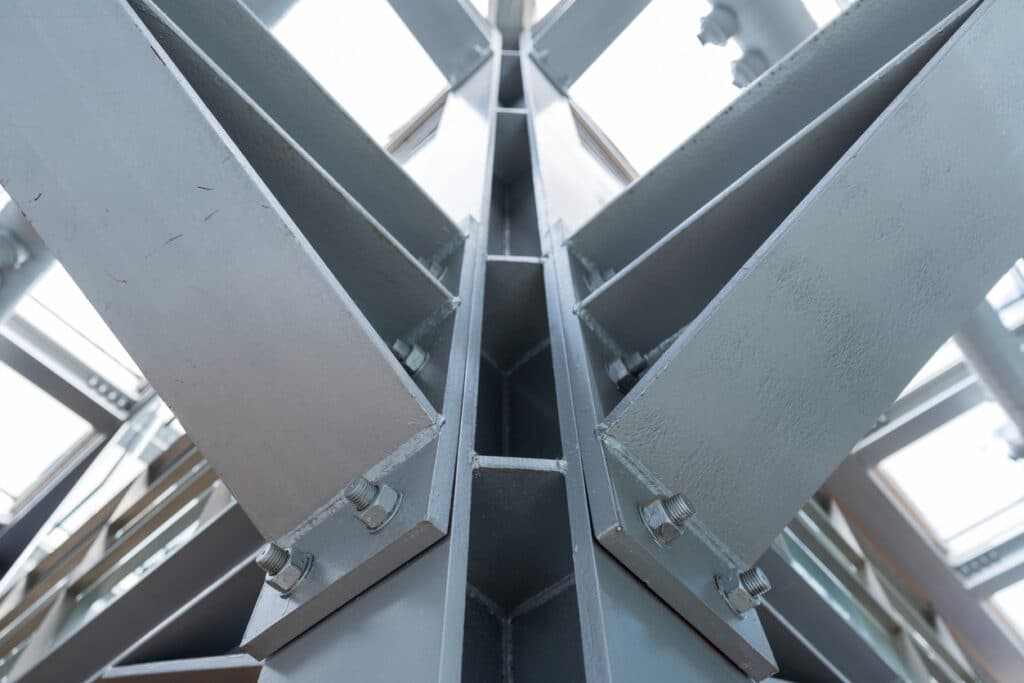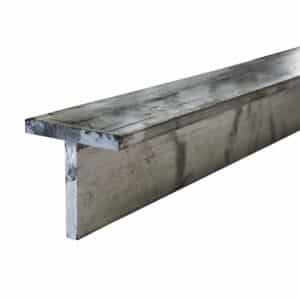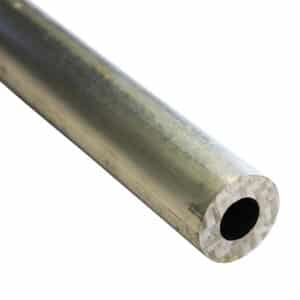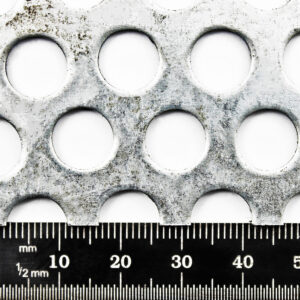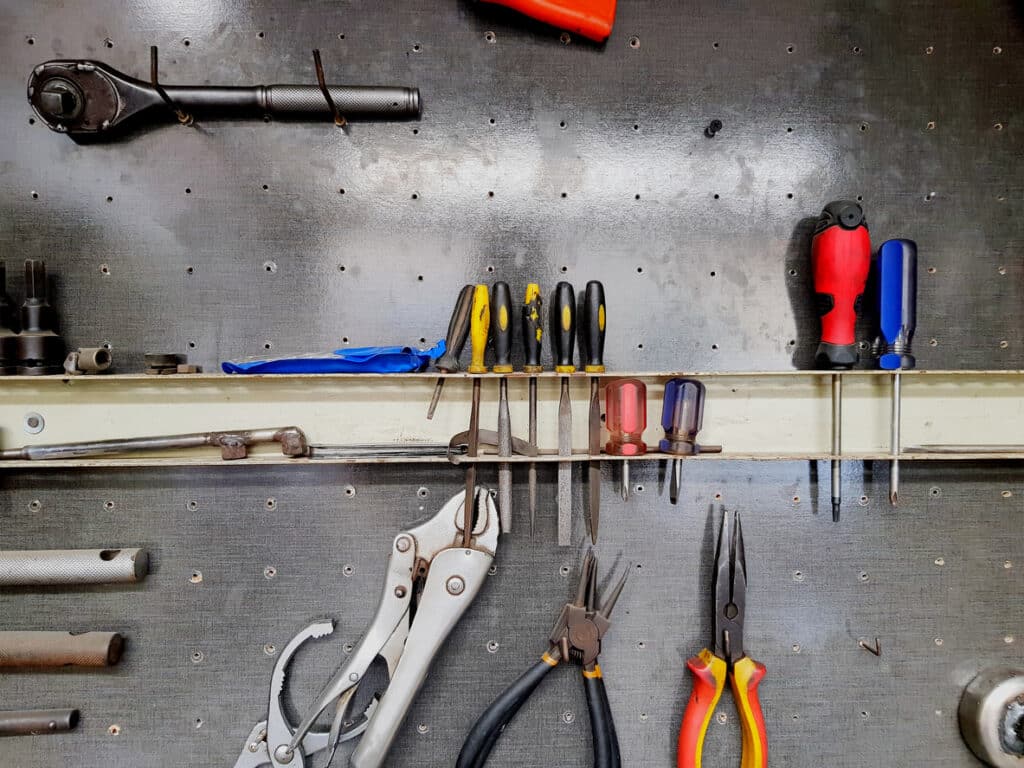
- Massive Range
- FREE UK Delivery
- Rapid Dispatch
- Massive Range
- FREE UK Delivery
- Rapid Dispatch
- Massive Range
- FREE UK Delivery
- Rapid Dispatch
Home » Metal Safety: Proper Handling and Storage Tips
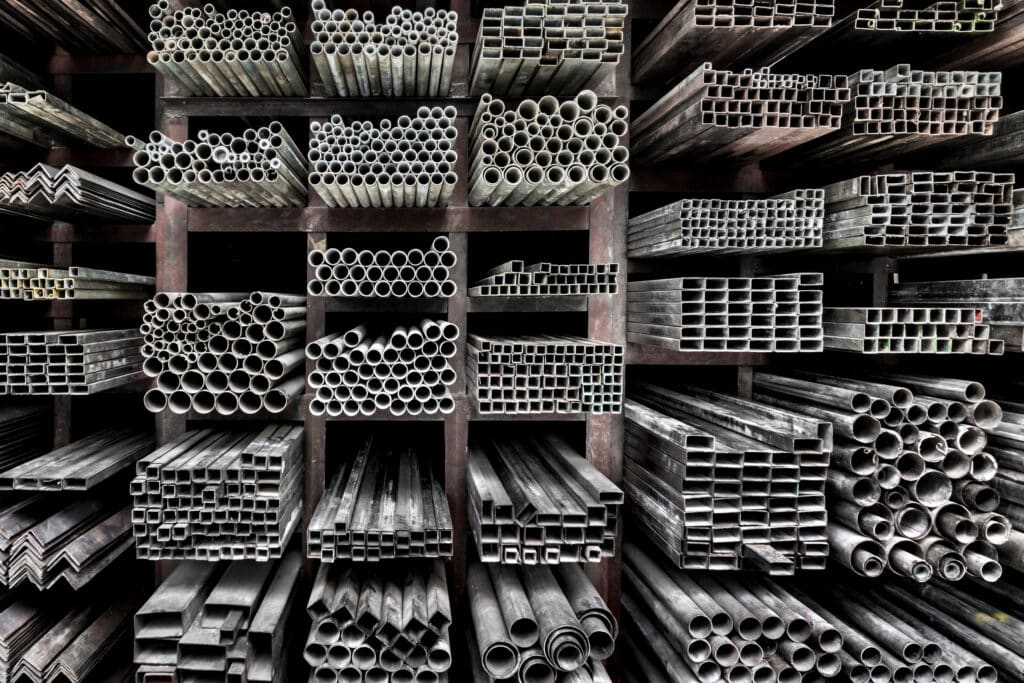
Metal is a versatile material that plays an essential role in a myriad of applications ranging from construction and transportation to everyday household items. As prevalent as metal is in our daily lives, it’s crucial to be cognizant of metal safety to ensure the well-being of those handling it and the longevity of the products themselves.
In this guide, we’ll delve deep into metal safety, offering insight into the proper handling and storage methods that can be easily integrated into your day-to-day operations, be it in a professional or personal context.
Metal safety isn’t just about preventing accidents and injuries, which, of course, is paramount, but it’s also about understanding the characteristics of various metals. Each metal type – be it aluminum, copper, steel, or any other alloy – has unique properties. Recognising these properties allows for better handling and application, ensuring that we harness the full potential of the metal in use without causing harm.
Wearing Appropriate PPE (Personal Protective Equipment): Depending on the type of metal, its form (sheet, rod, or powder), and its application, different PPE may be required. Common protective gear includes gloves, safety glasses, face shields, and protective footwear. Remember, some metals can cause allergic reactions, while others may have sharp edges that can cut.
Mind the Edges: Metal sheets and rods often have sharp edges, especially after being cut. Always hold them away from your body, and preferably use gloves when handling.
Lifting Techniques: Heavy metal objects should be lifted using the proper technique to avoid back injuries. Keep your back straight, bend your knees, and use your legs to lift.
Avoiding Prolonged Skin Contact: Some metals, like nickel or chromium, can cause skin allergies. If you’re working with such metals, ensure you don’t have prolonged skin contact and always wash your hands after handling.
Be Cognizant of Heat: Metals are excellent conductors of heat. If metal objects have been exposed to the sun or are near heat sources, they can become very hot. Always test the temperature before handling.

Avoid Damp Environments: Metals like iron can corrode quickly in moist conditions. Store them in a dry place to prevent rusting and degradation.
Store Flat and Supported: Metal sheets, especially larger ones, should be stored flat and adequately supported to prevent bending or warping.
Label and Segregate: Different metals and their alloys have different properties. Always label them clearly and store them separately to prevent confusion, which could lead to unsafe applications.
Secure Heavy Metal Objects: Ensure that heavy metal objects, like beams or large equipment, are securely stored so they don’t pose a tip-over risk.
Avoid Mixing Metals: Some metals can have corrosive effects on others when stored together. For instance, copper and aluminum can corrode when in direct contact. Keep such metals separate and ideally use a barrier or insulation between different types.
Metals that are hazardous:
Mercury (Hg): Acute exposure can affect the nervous system leading to tremors, insomnia, memory loss, and even neuromuscular effects. Chronic exposure can lead to kidney and potential respiratory failure.
Lead (Pb): A potent neurotoxicant, lead can lead to cognitive impairments in children and cardiovascular, kidney, and reproductive issues in adults.
Arsenic (As): Chronic exposure to arsenic can lead to skin lesions and has been associated with cancers of the lung, skin, bladder, and kidney.
Cadmium (Cd): Inhalation can result in severe damage to the lungs, and ingestion can lead to stomach irritation, leading to vomiting and diarrhea. Chronic exposure can lead to kidney disease and lung damage.
Chromium VI (Hexavalent Chromium): Prolonged exposure can lead to dermatitis, ulcers, respiratory problems, and is a known human carcinogen when inhaled.
Beryllium (Be): Inhalation of beryllium can result in chronic beryllium disease, a serious pulmonary disorder, and an increased risk of lung cancer.
Antimony (Sb): While generally considered less toxic than arsenic or lead, prolonged exposure can lead to respiratory and cardiovascular problems.
Thallium (Tl): Symptoms of thallium poisoning include gastrointestinal issues, nerve damage, and hair loss.
Nickel (Ni): While essential in small amounts, prolonged exposure to high amounts can cause skin allergies (nickel dermatitis), lung inflammation, and increased risk of lung and nasal cancers.
Cobalt (Co): In large amounts, it can cause cardiomyopathy, respiratory issues, and thyroid problems.
Aluminum (Al): While the consensus is still emerging, there are concerns about potential neurological effects, especially in relation to Alzheimer’s disease, though definitive evidence is still being researched.
Plutonium (Pu): Although not commonly encountered, plutonium can pose radiation hazards if ingested or inhaled.
Certain metals can be hazardous to health. If you’re dealing with such metals:

Protection from Injury: Safely stored metals minimise the risk of accidents and injuries. Sharp edges, heavy metal objects, or hazardous metal fumes can all pose significant dangers when metals aren’t stored properly.
Preservation of Metal Integrity: Storing metals correctly can protect them from elements such as moisture, which can cause rust or corrosion. This ensures that the metal retains its strength, functionality, and aesthetic appeal.
Longevity: Safely stored metals are less likely to degrade over time. Proper storage can extend the lifespan of metal items, reducing the need for frequent replacements.
Economic Savings: By extending the lifespan of metals and reducing the risk of damage, there are potential economic benefits. The cost of replacing corroded or damaged metals can be high.
Efficient Organisation: Proper storage often means organised storage. Having metals categorised and stored properly facilitates quicker access, reduces the chances of using the wrong type of metal for a task, and helps in inventory management.
Protection of Other Materials: If metals corrode, they can release substances harmful to other materials stored nearby. Safely storing metals protects not just the metals themselves but other materials in proximity.
Environmental Benefits: Some metals can leach harmful substances into the soil or water when they corrode. Safe storage practices can reduce the environmental footprint of metal usage.
Optimised Workspace: In industries and workshops, safely stored metals can lead to a more organised, clutter-free, and optimised workspace, increasing overall productivity.
Maintaining Value: For metals that have significant resale or raw material value, such as copper or aluminum, proper storage ensures that the value is maintained by preventing degradation.
Safety Compliance: Adhering to safe metal storage practices ensures compliance with workplace safety standards and regulations, potentially reducing legal liabilities for businesses.
Metal safety is an encompassing theme that requires attention to detail and awareness. By understanding the different properties of metals, wearing the appropriate protective gear, and storing metals correctly, we can significantly reduce the risk of injuries and mishaps.
Whether you’re a professional working in the metal industry or a DIY enthusiast tinkering in your garage, always keep metal safety at the forefront of your activities. It ensures not only your safety but also the durability and effectiveness of the metals you’re working with.
Always remember: when in doubt, it’s better to be overly cautious. A keen awareness of metal safety can go a long way in ensuring your well-being and the integrity of your projects.
As always, thank you for checking out our blog. We hope that this helps you with your project.
Please also check out the other articles in our helpful guide series. We have written about ‘Understanding Corrosion: The Biggest Enemy of Metals‘ and ‘How to Store Metals Properly to Avoid Oxidation‘ recently so why not check them out?
We are also proud to sell this product on our highly popular eBay store, check us out there too.
If you have any further questions, feel free to contact us.

